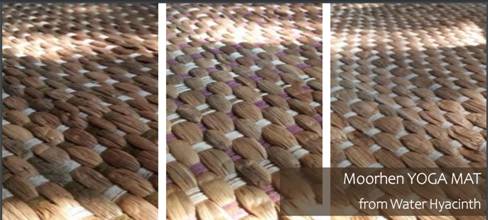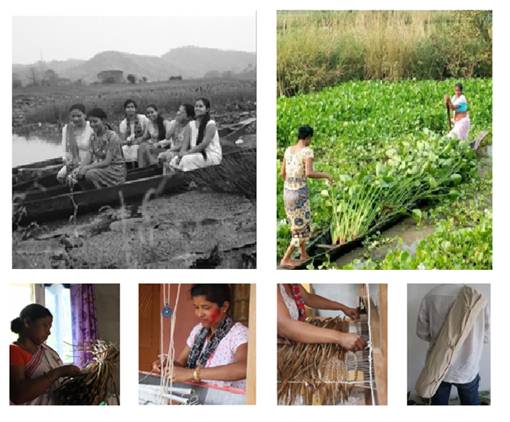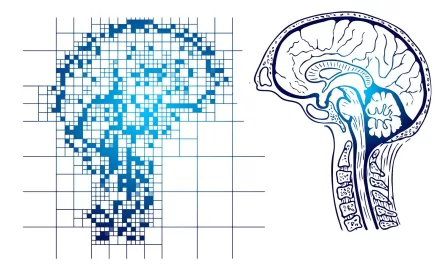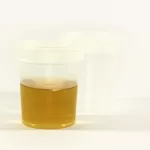A biodegradable and compostable yoga mat developed from water hyacinth by six young girls from the fishing community in Assam could turn this water plant from a nuisance to wealth.
The girls belong to the fishing community living in the fringe of the Deepor Beel, a permanent freshwater lake in southwest of Guwahati city, recognised as a Ramsar Site (a wetland of international importance) and a bird wildlife sanctuary. The lake has been a source of livelihood for 9 villages of the fishing community who shared this biome for centuries, but over the years suffered from excessive growth and accumulation of water hyacinth.
The innovation by the girls, whose families are directly dependent on the wetland for survival, could contribute significantly towards the environmental conservation and sustainability of Deepor Beel and also ensure local livelihood. The mat called ‘Moorhen Yoga Mat’ will soon be introduced to the world market as a unique product.
The intervention was triggered through an initiative by North East Centre for Technology Application and Reach (NECTAR), an autonomous body under the Department of Science & Technology (DST), Govt. of India to involve the entire women community associated with a collective called ‘Simang’ meaning dream, led by the 6 girls to create wealth from water hyacinth plants.
Considering all aspects of water hyacinth’s properties and the functional requirements of a product like a mat, a hand-woven 100% biodegradable and 100 % compostable mat to be used for doing Yoga was ideated as a means to provide multiple ecological and social benefits. The mat developed through fiber processing and technological interventions could improve the aquatic ecosystem of the wetland through the removal of water hyacinth, help sustainable production of utility products with community engagement and generate of livelihood for indigenous communities to become completely ‘Atamanirbhar’.
As the collection, drying and preparation of the water hyacinth before using it for weaving is the most important process, small interventions of technology were introduced like using ‘solar dryer which reduced the drying time to about 3 days. It could also compensate for the loss in time due to heavy rains that take place very frequently in this part of the country over a six-month long rainy season (May-October).
The women wove water hyacinth using traditional Assamese loom with the help of different combinations of techniques, materials and tools to develop a high quality, comfortable and thoroughly biodegradable and compostable Yoga Mat. It has resulted in the engagement of 38 women from 3 fringe villages (Keotpara, Notun Basti and Borbori). Technology intervention could also increase the production rate.
“7WEAVES”, (a sister concern of the Simang Collectives) team provided expertise on natural dyeing from locally available natural materials of Loharghat Forest Range, Kamrup District enabling NECTAR to include naturally dyed cotton yarns from lac, onion skins, iron and jaggery, in various patterns for the mat. Various equipment of the loom was changed to adapt to the woven structure of the mat.
The ‘Moorhen Yoga mat’ named after Kam Sorai (Purple moorhen, a resident bird of Deepor Beel Wildlife sanctuary), comes in a cotton canvas cloth bag where no zip or metal closures are used. The bag has an adjustable strap and closures effectively designed to be in sync with biodegradability.













